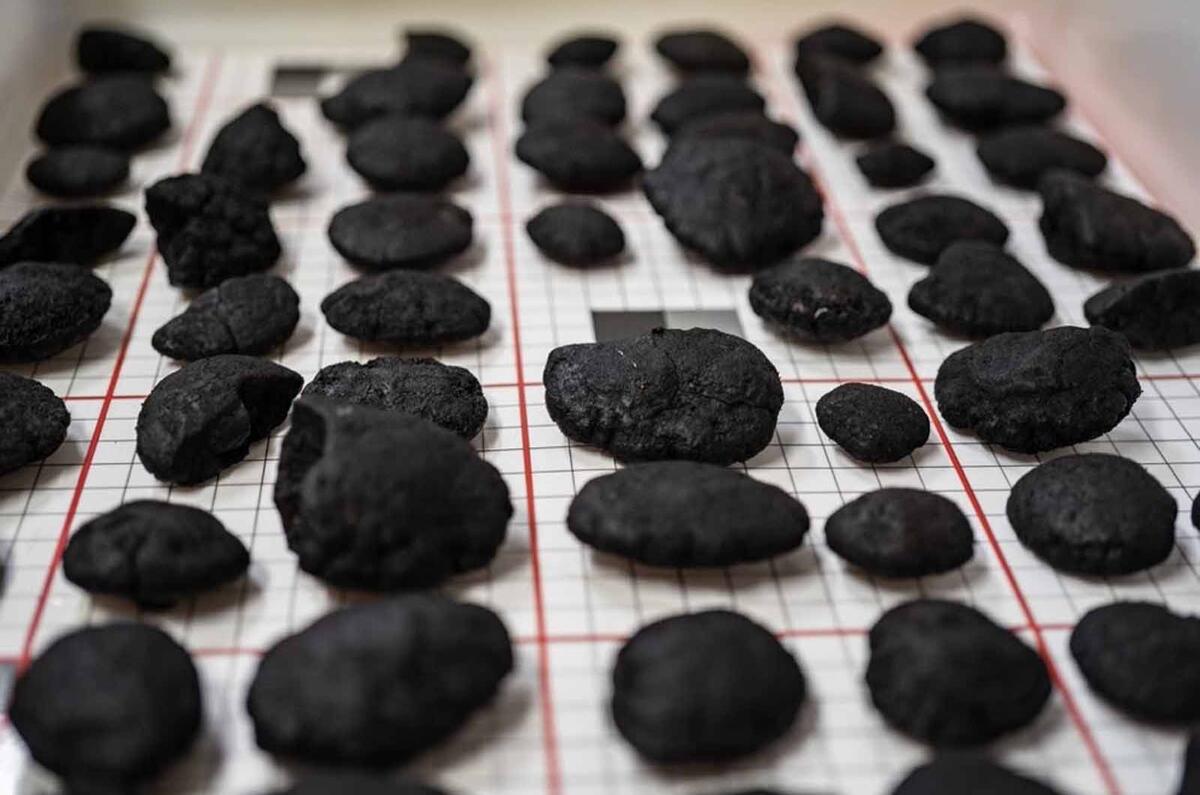As the electric vehicle (EV) revolution continues to gathers momentum, increasing attention is being drawn to the source of the precious metals needed to produce batteries and motors.
The traditional way of sourcing these metals, which include copper, nickel, cobalt and manganese, is through mining on land - an inherently wasteful process that can be toxic to the local area and highly polluting to the wider ecosystem. However, a new study – funded by Canadian deep-sea mining firm DeepGreen Metals but conducted independently – has highlighted an alternative source: the Pacific Ocean.
A year-long Life Cycle Sustainability Assessment compared the environmental impact of land mining with collecting mineral-rich polymetallic nodules from the ocean floor to produce one billion EV batteries. It found that the latter process produced 70% less CO2 and 100% less solid waste while using 94% less land and 92% less forest.
The relative impact study also found that 93% less wildlife was at risk. However, while it acknowledged the number of species in the deep sea collection area was limited, much remains unknown about the variety of species that live there and the wider ecosystem. DeepGreen intends to conduct a more in-depth, multi-year study into the long-term effects on the seabed.
"Extraction of virgin metals from any source is by definition not sustainable and generates environmental damage," said DeepGreen chairman and CEO Gerard Barron. "We believe the polymetallic nodules are an important part of the solution. They contain high concentrations of nickel, cobalt and manganese; they're effectively an EV battery in a rock."
The nodules are said to be made of almost 100% usable materials and are non-toxic, whereas land-mined ores have a much lower yield rate and do contain toxic elements.
The World Bank estimates that demand for the metals used in EV batteries will increase 11-fold from the current level by 2050. Shortages in mined nickel, cobalt and copper are expected to emerge in certain areas within the next five years.
Read more:
Battery technology firm warns of looming EV waste problem
Under-the-skin: the quest for perfection in EV battery tech
We build a lithium-ion car battery




Join the debate
Add your comment
The North Sea.
They've been taking Oil out there since the mid 70's, I can't quote any evidence of environmental damage, so, I'd want know, from an independent body, how safe it is to mine this stuff?
Misleading
The article is misleading as it states “collecting from the sea floor”as if this material is simply lying on the sea floor waiting to be picked up and collected. I imagine that it is far more hazardous and involves extraction from the sea bed!
Which like nuclear production. Is clean and fine until it goes wrong!
Harry P wrote:
Add up all the deaths associated with nuclear including the most pessimistic estimates for Chernobyl (not the type of reactor anyone else uses) and it is still be far and away the safest method generating power, more people fall of the tops of wind turbines.
The method of mining is to run what ammounts to a scarifier over the ocean floor. This compares to land deposits where overburden tens to hundreds of meters deep need to be removed before an ore which is only a few % of the material you actually want is removed.
The nodules on the ocean floor are highly concentrated and one the surface so the amount of material moved is pretty low.
So now
what we might do is completely wreck the oceans for materials for EVs. Just like I thought, a load of money and sponsorship coming from interested parties and then after the public acceptance the real truth emerges and the reality starts along with the 18 or so nuclear powerstations required and that's just for the UK.
405line wrote:
To put this into comparative terms if the ocean floor is a typical back garden total mining area is likely to be in the region of removing a blade of grass.
EVs will require only tiny amounts of additional capacity to the grid, if that capacity were nuclear reactor all the better they have neglible off site pollution.
Even giving each of those nuclear reactors a generous 500mx500m square we now need only occupy 1/70,000 of the UKs land area.
Finally an EV is mostly built out of steel and aluminium like an ICE car. Mining steel and aluminium also has an environmental impact. In the grand scheme of things the materials required to produce an EV is about the same as for an ICE vehicle.
The difference is that an EV is going to last much longer, there are Tesla Model S with 400,000 miles on the original battery and motors. The Model 3 drive train is designed for 1 million miles and the battery for 500,000.